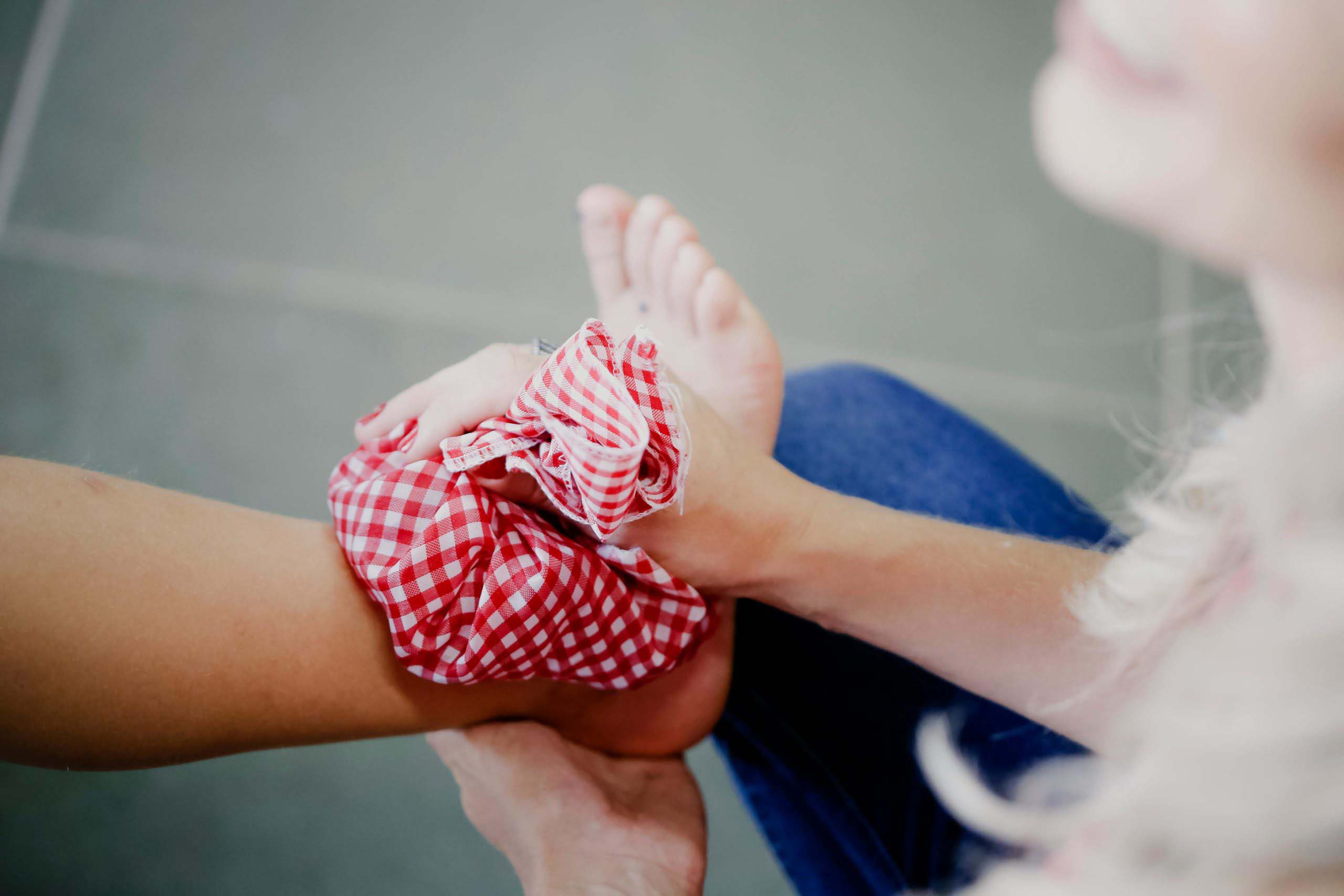Pain management is essential for recovery from injuries and chronic conditions. Two of the most common and accessible methods for pain relief are heat therapy and ice therapy. However, knowing when and how to use heat or ice can make a significant difference in how effectively you manage pain and promote healing. This guide that is recommended by chiropractors will help you understand when to apply heat or ice for optimal results which is one of the most common questions that I have been asked as a chiropractor in Vancouver.
When to Use Ice Therapy (Cryotherapy)
Ice therapy is best used for acute injuries, inflammation, and swelling. It works by constricting blood vessels, reducing blood flow to the affected area, and numbing pain. This makes it an excellent option for:
- Acute injuries: If you’ve recently suffered a sprain, strain, or other soft tissue injuries (within the first 24-72 hours), applying ice can help limit swelling and reduce pain.
- Swelling and inflammation: Conditions like tendonitis, bursitis, and post-surgical swelling respond well to ice therapy, as it helps control inflammation.
- Bruises and contusions: Ice can minimize bruising by slowing blood flow and reducing internal bleeding.
- Migraine relief: Applying a cold pack to the forehead or neck can help reduce migraine symptoms.
- Nerve pain: Cold therapy may provide temporary relief from nerve-related pain, such as sciatica or pinched nerves.
How to Apply Ice Therapy
- Use an ice pack, frozen gel pack, or a bag of frozen vegetables wrapped in a thin towel.
- Apply for 15-20 minutes at a time, allowing at least a 1-hour break between applications.
- Never apply ice directly to the skin to prevent frostbite or ice burns.
When to Use Heat Therapy (Thermotherapy)
Heat therapy is beneficial for muscle relaxation, improving circulation, and reducing stiffness. It is ideal for:
- Chronic pain and stiffness: Conditions like arthritis, lower back pain, and chronic muscle tightness respond well to heat.
- Muscle soreness and spasms: Applying heat helps loosen tight muscles and increase flexibility, making it useful for post-workout soreness.
- Joint stiffness: Those with conditions like osteoarthritis often benefit from heat application to improve mobility.
- Menstrual cramps: Heat therapy can relax muscles in the lower abdomen and ease discomfort.
- Stress-related tension: Applying heat to the neck and shoulders can help relieve tension headaches and stress-related muscle stiffness.
How to Apply Heat Therapy
- Use a heating pad, warm towel, hot water bottle, or warm bath.
- Apply for 15-30 minutes at a time, ensuring it is warm but not too hot to prevent burns.
- Avoid heat therapy immediately after an acute injury, as it can increase inflammation.
Heat or Ice? Making the Right Choice
To simplify the decision, use this rule of thumb:
- For new injuries (0-72 hours), swelling, or inflammation → Use ICE.
- For chronic pain, stiffness, or muscle tightness → Use HEAT.
- For some conditions, alternating heat and ice may be beneficial. For example, contrast therapy (switching between heat and ice) is sometimes used for joint pain or recovery from intense workouts.
Precautions and Considerations
- Avoid prolonged exposure: Extended use of ice or heat can damage skin and tissues.
- Check skin sensitivity: Those with diabetes, neuropathy, or poor circulation should consult a healthcare provider before using heat or ice therapy.
- Use a barrier: Always place a towel between your skin and the ice pack or heating pad to avoid burns or frostbite.
Both heat and ice therapy play essential roles in pain relief and recovery. Choosing the right method depends on the type of pain, injury, or condition you are treating. Ice is ideal for acute injuries and inflammation, while heat works best for chronic pain and muscle stiffness. Understanding when and how to use these therapies can help you manage pain more effectively and support your body’s healing process. If symptoms persist, consult a healthcare provider or your Vancouver chiropractor for professional guidance.
Article by: Dr. Zavosh, Vancouver Chiropractor at Burrard Chiropractic and Foot Orthotics


